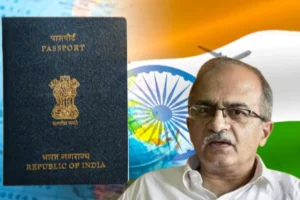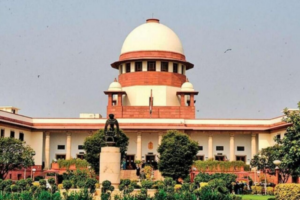
The Supreme Court has sought the Archaeological Survey of India (ASI) to submit its response on the vision document and plan devised for safeguarding the Taj Mahal.
The Bench
A bench consisting of Justices Abhay S Oka and Ujjal Bhuyan directed the Uttar Pradesh government to furnish a copy of the vision document and instructed the ASI to provide its response within two months.
“We direct the State of Uttar Pradesh to produce a copy of the vision plan on record and provide soft copies thereof to the learned counsel appearing for the parties,” the apex court stated in its order.
“We direct the ASI to look into the vision plan and submit its response to the vision plan in the form of an affidavit before this Court within a period of two months from today. The issue of implementation of the vision plan and the suggestions of ASI will be considered by this Court on July 11, 2024,” it added.
The vision document was prepared jointly by the School of Planning and Architecture (SPA) along with the State.
The bench observed that on December 8, 2017, it had directed the preparation of the vision plan for the protection of the Taj Mahal.
Preservation
The apex court heard a plea seeking the implementation of a vision document aimed at preserving the Taj Mahal and addressing environmental concerns in the Taj Trapezium Zone. It has scheduled further consideration of the matter for July 11, 2024, to discuss the implementation of the vision document alongside the comments of the Archaeological Survey of India.
The top court is handling a case filed in 1984 concerning the protection and conservation of the Taj Mahal, commissioned by Mughal emperor Shah Jahan in memory of his wife Mumtaz Mahal in 1631, and its environs.
Environmentalist MC Mehta filed the plea regarding the protection of the Taj Mahal, the delicate ecosystem surrounding it, and construction activities in the Taj Trapezium Zone (TTZ), an “eco-sensitive area” housing four world heritage sites, including the Taj Mahal. The mausoleum is also designated as a UNESCO World Heritage Site.
Established on December 30, 1996, to shield the Taj Mahal from pollution through a Supreme Court order, the TTZ covers an area of 10,400 square kilometers spanning the districts of Agra, Firozabad, Mathura, Hathras, and Etah in Uttar Pradesh, as well as Bharatpur district in Rajasthan.





